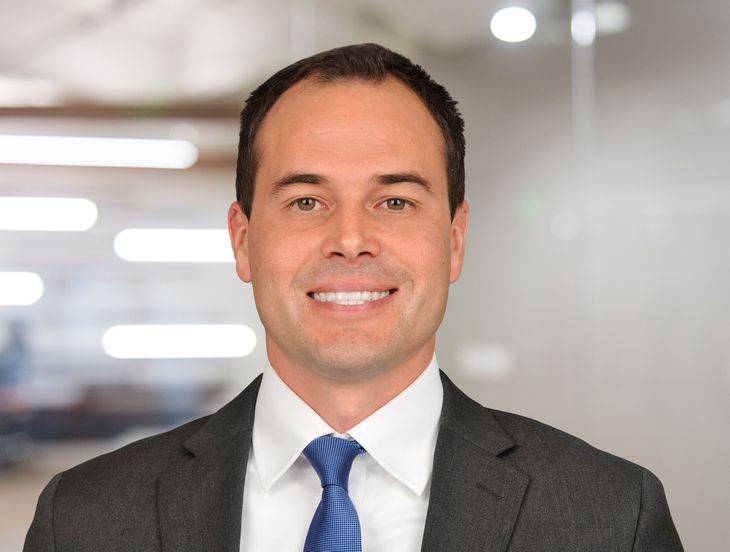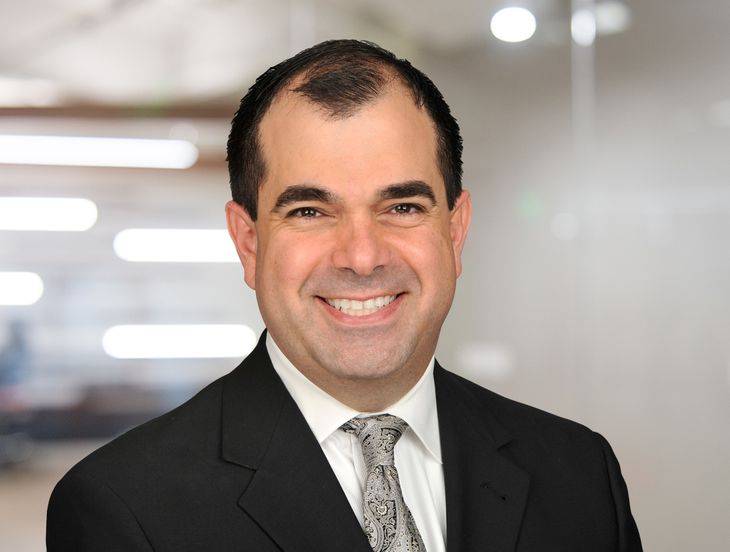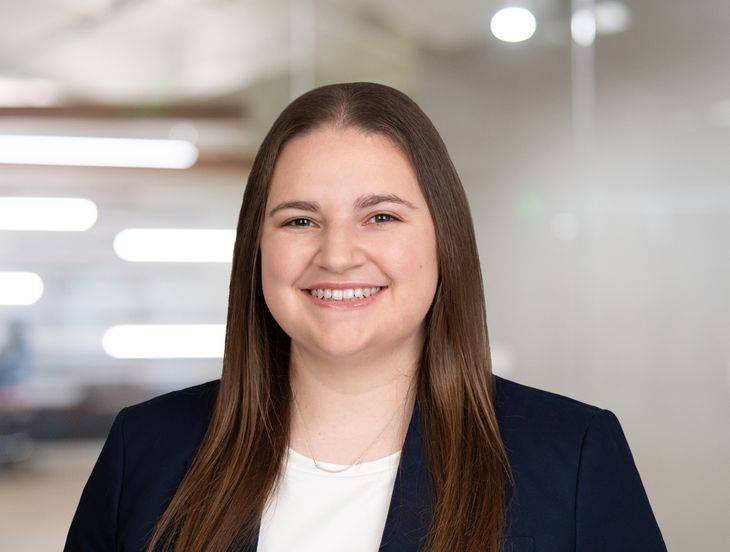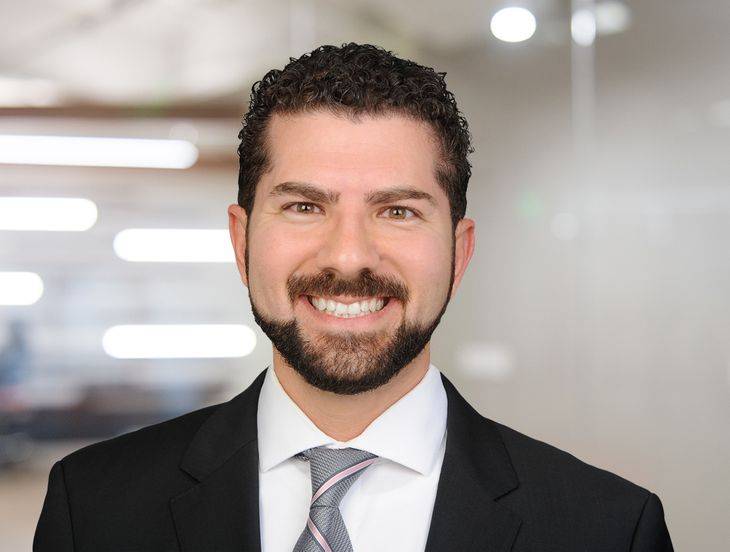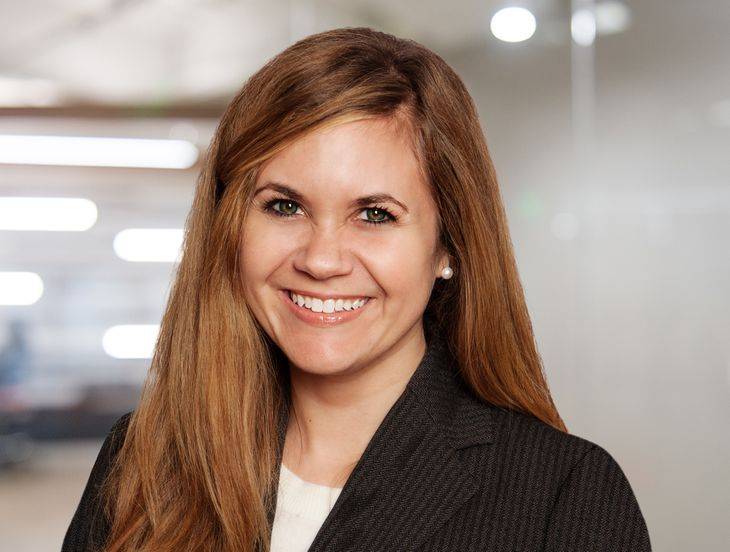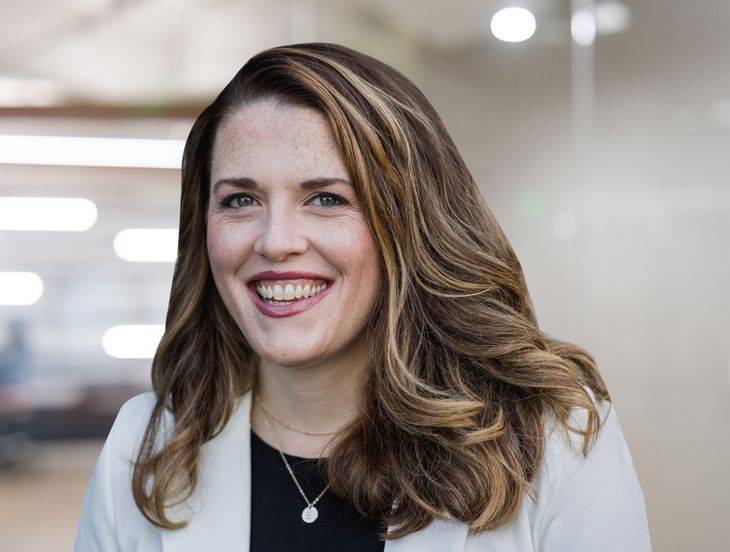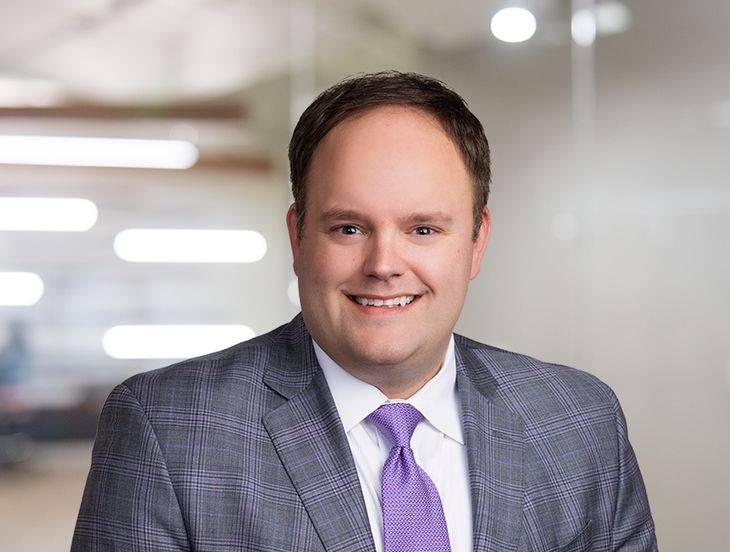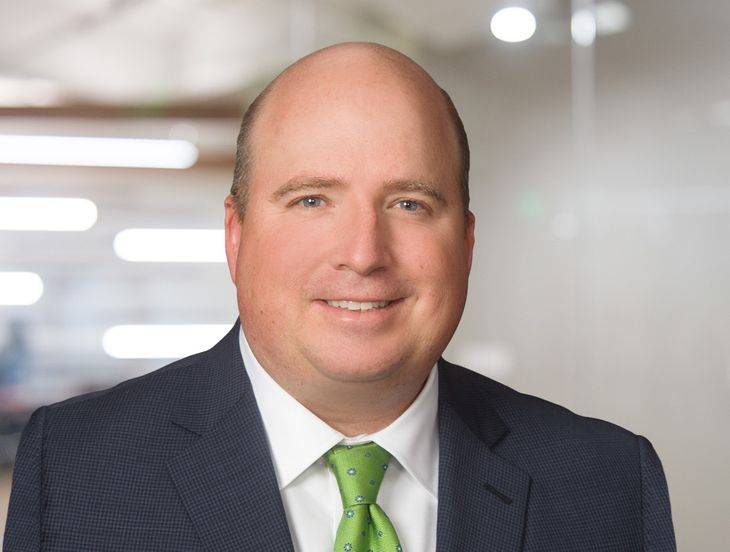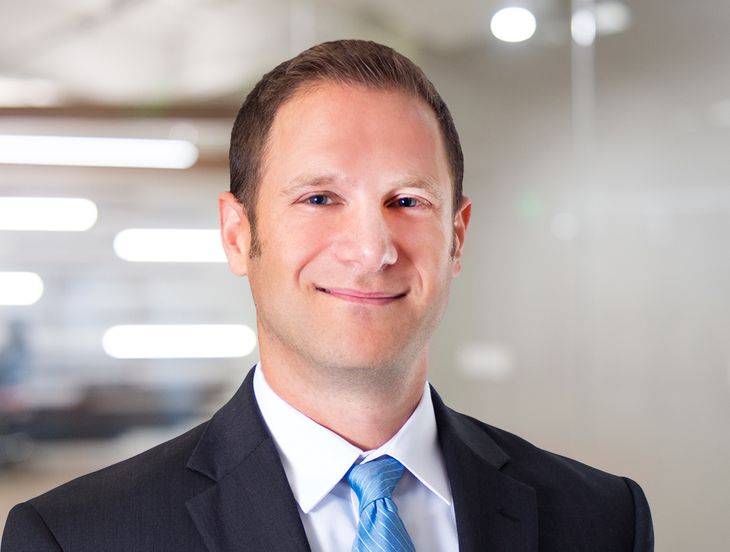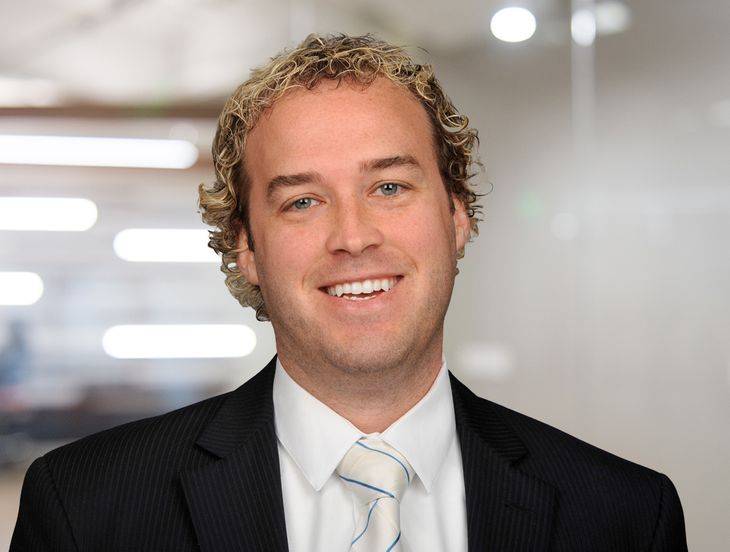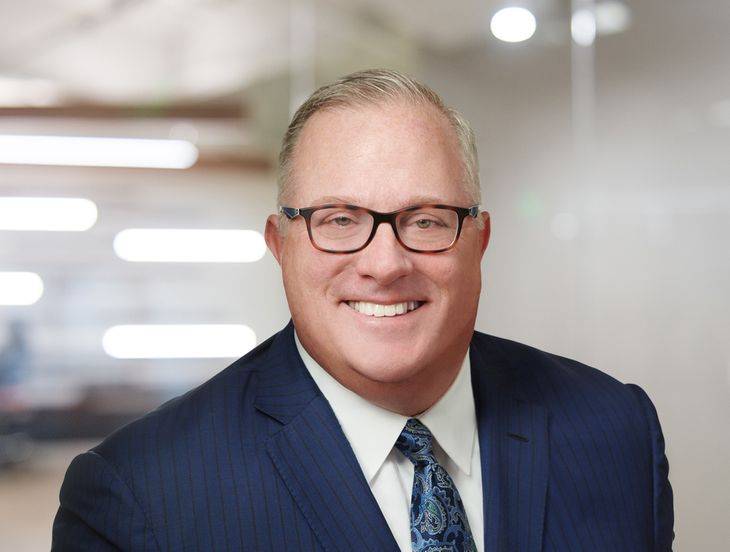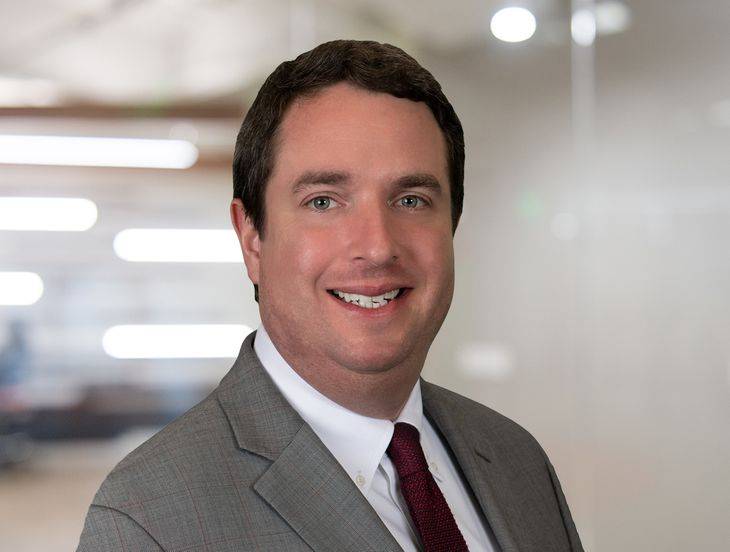Workplace Law Update: 22 Essential Items on Your August To-Do List
Insights
8.04.23
It’s hard to keep up with all the recent changes to labor and employment law, especially since the law always seems to evolve at a rapid pace. In order to ensure you stay on top of the latest changes and have an action plan for compliance, here is a quick review of the latest developments we tracked in July and the essential items you should consider addressing in August and beyond.
Federal immigration officials just made critical changes to modernize the I-9 employment verification process, not only announcing a new I-9 Form but providing remote verification flexibility for qualified employers that use E-Verify. The Department of Homeland Security made the long-awaited new Form I-9 available for employers to use on August 1 – and announced that all employers must use the new form by November 1. Read here to learn eight best practices for compliance given the new rules.
2. Develop Best Practices to Roll Out AI at Your Business
The issue of artificial intelligence has emerged as a key issue in the strikes being waged by screenwriters and actors against television and movie production companies, being called an “existential threat” to creative professionals. But you shouldn’t ignore the conflict just because your operations are nowhere near the Hollywood hills. Instead, these labor disputes serve as a learning lesson for successfully incorporating AI into your business models with minimal disruption – and in a mutually beneficial manner for both you and your workforce. Here’s what you need to know about the Hollywood dispute – and what it teaches us about best practices to roll out AI at your business. [To learn more about this issue, register today for the AI Strategies @ Work Conference where we’ll discuss this and many other issues impacting the modern business environment.]
3. Note the Latest Change to EEO-1 Reporting Deadline
Last month, the EEOC quietly changed the timeline for opening this year’s EEO-1 Reporting portal to sometime in “Fall 2023.” For several months, the EEOC’s landing page had indicated that the EEO-1 portal would be opened in mid-July. You now have a few more months to prepare for the filing as the agency completes its mandatory, three-year renewal of the EEO-1 data collection by the Office of Management and Budget. Click here to find out more about this development.
4. Learn Key Takeaways from a California Ruling on COVID-19 Liability
The California Supreme Court handed employers a win last month by making it clear that they do not have a duty to prevent the spread of COVID-19 to employees' household members. The court didn’t go so far as to say such claims are barred under the state’s workers’ compensation act, but the July 6 opinion in Kuciemba v. Victory Woodwork, Inc., does settle a common question posed during the pandemic about whether employers can face liability for COVID-19 infections originating in the workplace and spread to family members. Though this is a rare win for employers in California, the case is a good reminder that you should take steps to ensure a safe workplace and reduce your legal risk. Read here for the answers to your top four questions about the case and how it may impact your workplace.
5. Review California Ruling on Reimbursing Employee Expenses Incurred During COVID-19 Stay-Home Orders
On the heels of the rare win for employers mentioned above regarding COVID-19 liability, a California appellate court was quick to remind employers in the state that there’s no shortage of pandemic-related requirements still in place. This is particularly true when it comes to the California Labor Code and wage and hour claims – including claims for work-related expense reimbursement. Click here to learn more about a July 11 ruling on an employer’s liability for business expense reimbursement during stay-home orders and your four key takeaways from the decision.
6. Ensure Compliance with OSHA’s Final Electronic Recordkeeping Rule
Federal workplace safety officials just released a long-anticipated electronic recordkeeping rule on July 17, which will prompt changes for certain employers that need to submit work-related injury and illness data starting on January 1, 2024. Specifically, the new rule does the following:
- updates the list of employers considered to be in “high-hazard” industries;
- creates new obligations for some employers; and
- maintains the annual requirement for establishments with at least 250 employees to submit their Form 300A- Summary of Work-Related Injuries and Illnesses.
Read more here on the six key points employers should note about the new rule – and three steps can you take to prepare.
7. Beware of California Attorney General’s CCPA Investigative Sweep
California employers, beware: the state’s top prosecutor just announced his office is conducting an investigative sweep of whether and how large California employers have complied with data privacy and consumer protection requirements as they relate to employees and job applicants. The July 14 announcement came just two weeks after a court put a hold on enforcement of the updated California Consumer Privacy Act (CCPA) regulations that became final in March, which may have lulled some businesses into a false sense of security. And while this recent initiative targets “large” employers – a vague reference in the AG’s announcement without further explanation – all businesses nationwide that are subject to the CCPA and have one or more employees in California should heed this warning. Click here for a summary of what happened and a five-step action plan for employers subject to this law.
8. Complete Your Compliance Checklist for NYC’s New Rules on Using AI in the Workplace
Businesses that use artificial intelligence tools to hire and promote employees in the Big Apple are navigating uncharted waters as they grapple with significant compliance obligations. New York City’s first-of-its-kind law aims to prevent bias when using AI and requires employers to take several critical steps, such as arranging for an independent bias audit and complying with notice requirements. You should note that the details of NYC’s Local Law 144 changed several times from when we first started writing about this development to when the rules were finalized and enforcement began on July 5. So, it’s a good idea to carefully review your plan again for compliance with the most up-to-date information. Click here for the answers to your top seven compliance questions, including five steps you should consider taking immediately.
9. Get Ready for Second Round of H-1B Cap Registration Lottery Selection for FY2024
Federal immigration officials announced on July 27 that they will conduct a second round of random computer-generated H-1B cap registration lottery for those U.S. employers that timely registered their foreign national employees in March 2023. This lottery will apply to Fiscal Year 2024, which starts on October 1, 2023. Click here to learn more about this welcome news.
10. Review the FP Visa Bulletin for August: Final Action Dates and an Employer’s Immigration Action Plan
Each month, federal immigration authorities publish a list of dates informing immigrant visa applicants when they should expect to be notified to assemble and submit required documentation to government officials. Read more here about August’s release to help you determine whether and when to provide corresponding notifications to any of your foreign-national employees to assist their efforts. We also provide a specific action plan so you can adapt your immigration strategy given this month’s information.
11. Consider Taking These 3 Steps After California Ruling on Employee Timecard Rounding
The California Court of Appeal issued a blow to employers on July 24 by taking yet another step toward eliminating their ability to round employee time punches. Although the California Supreme Court will ultimately weigh in, you should review your practices now for compliance with evolving rules. As we wait for further guidance, you can take the following three steps right away:
- If you are utilizing a rounding policy, consider ending this practice immediately, even if it is facially neutral.
- Switch to a practice of paying for time based on the actual punches. This should make for a relatively simple transition and limit potential liability for unpaid wages.
- Ensure you are paying employees for “all hours worked,” as the California courts are continuing to find new ways to expand liability for employers.
Click here to learn more about this recent ruling and its impact on California employers.
12. Follow Our 10-Step Plan for Hospitality Employers on DOL’s “New” Tip Credit Rule
A federal court just refused to block the U.S. Department of Labor’s infamous 80/20 rule, which applies to employers that take the tip credit toward their minimum wage obligation under federal wage and hour law – which means now’s time to ensure you’re in compliance. Several restaurant industry groups filed a lawsuit seeking to halt the rule, but a Texas federal court issued an order on July 6 rejecting the challenge. Although the industry groups plan to appeal the decision, the DOL’s new rule will remain in effect…for now. Click here for a brief background on the rule and a 10-step action plan to ensure your wage and hour practices are up to date.
13. Develop a Plan After California Supreme Court Boosts PAGA Claimants’ Rights
The California Supreme Court ignored guidance from the U.S. Supreme Court July 17 when it ruled that employees can still proceed with parts of their lawsuits against employers even if the PAGA portions of their claims are compelled to arbitration. The highly anticipated decision will inevitably lead to more headaches for California employers – who already have their hands full with one of the nation’s most complex statutory schemes that permits employees to sue on behalf of themselves, other workers, and the state for alleged workplace law violations. By virtue of this new ruling, there is yet another avenue of concern for California businesses struggling with compliance responsibilities – and yet another reason for businesses to ensure they do their best to maintain compliance with the state's many workplace laws. But could this surprising ruling actually lead to the dismantling of the PAGA structure through a 2024 ballot measure? Click here to learn what you need to know about the ruling and discover your five-step plan in the immediate aftermath.
14. Make Sure Your Florida Schools Comply with New Bathroom Law
As schools prepare for the upcoming academic year, you should consider the impact of Florida’s new law addressing locker room and bathroom use, which took effect on July 1. To comply with the law, your school, at a minimum, must have:
- A restroom designated for exclusive use by females and a restroom designated for exclusive use by males (consistent with how the law defines female and male based on sex assigned at birth), OR
- A unisex restroom (also as defined in the statute).
If your school also has changing facilities, such as locker rooms, then the same requirements apply: either a unisex changing facility OR a changing facility designated for exclusive use by females and males as defined in the law. Read here for more about this development, including three options for compliance.
15. Check Compliance with Connecticut’s New Data Privacy Law
The Connecticut Data Privacy Act (CTDPA) is one of the most recent comprehensive state consumer privacy laws we have seen this year – and businesses are sure to have questions about this significant new obligation now that it has taken effect. The law was finalized last year but just took effect on July 1. While similar to the consumer privacy laws in other states that have taken hold in the last few years – including California, Colorado, Indiana, Iowa, Montana, Tennessee, Texas, Virginia, and Utah – the CTDPA has its own unique contours that will require compliance efforts. Click here for the six biggest questions you need answered about Connecticut’s newest law.
16. Prepare for New Obligations Under New Jersey’s Unemployment Compensation Law
New Jersey employers should prepare now for significant new reporting obligations under the state’s Unemployment Compensation Law. Recent amendments will require employers to conduct all communications with the New Jersey Department of Labor and Workforce Development (NJDOL) in electronic format and abide by new deadlines. Notably, the changes will significantly affect your process for separating and temporarily laying off employees – and failing to comply could expose your business to significant penalties. Click here to review the key changes and the five steps you should consider taking to prepare.
A California Court of Appeal recently delivered valuable guidance for healthcare employers who had or continue to have vaccination mandates. In Hodges v. Cedars-Sinai Medical Center, the court concluded that a hospital did not discriminate against an employee when it fired her for refusing to get the flu vaccine, providing a roadmap for success for other employers facing similar challenges. Learn more here about what this decision means for employers in the healthcare industry, both in California and across the country.
18. Create Your 3-Step Action Plan in Light of E.U. and U.S. Data Privacy Deal
The European Commission just adopted its adequacy decision on data transfers between the European Union and the United States, paving the path for companies to transfer data freely across the Atlantic and ending several years of confusion and delay. The newly adopted EU-U.S. Data Privacy Framework serves as a long-awaited facilitator for an easy flow of data between the U.S. and Europe. Here’s what your business needs to know about this long-awaited July 10 announcement and the three things you should do.
19. Prepare for OSHA’s Proposed Revisions to PPE Rule for Construction Industry
Federal workplace safety officials recently announced that they are seeking to revise the national Personal Protective Equipment (PPE) standard for the construction industry to explicitly state that PPE must fit each affected employee properly – a proposed change that would require many construction employers to ramp up their workplace safety efforts. OSHA’s proposed revision to the standard announced on July 19 would align the PPE standard for construction with that of general industry and maritime standards, which already explicitly mandate that PPE properly fit workers. Click here to find out what construction employers need to know about this proposal and what you should do to prepare.
20. Know Your Obligations Under the Los Angeles Freelance Worker Protections Ordinance
Freelance workers in Los Angeles now have more protections than ever before thanks to a new ordinance passed by the City Council. The Freelance Worker Protections Ordinance, made part of the L.A. Municipal Code effective July 1, has the stated aim of “ensuring that freelance workers are treated fairly and receive the compensation they are due.” But what does that mean? Click here for a series of FAQs telling you what you need to know about the ordinance and what you can do to ensure compliance with it.
21. Ensure Compliance with New Genetic Testing and Cancer Screening Leave Laws in Louisiana
A new Louisiana law took effect on August 1 requiring employers to provide time off from work for medically necessary genetic testing and cancer screening. The new law also prohibits discrimination and retaliation against employees who take such leave. Read here for more about what Louisiana employers need to know in order to come into compliance.
22. Decide Whether to Comment on MSHA’s Long-Awaited Proposed Silica Rule
The Mine Safety and Health Administration (MSHA) recently posted its long-awaited proposed silica rule on its website — and the agency officially published the proposal in the Federal Register on July 13. Employers affected by the rule should note that publication triggers various deadlines, including the time you have to submit comments or testify at a public hearing about the rule and its potential impact on your workplace. Click here to learn the seven key points you should note about the proposed rule and how you can provide feedback to regulators.
We will continue to monitor developments related to all aspects of workplace law. Make sure you are subscribed to Fisher Phillips’ Insight System to get the most up-to-date information. If you have questions, contact your Fisher Phillips attorney.
Related People
-
- Emily Alvarez
- Associate
-
- David E. Amaya
- Partner
-
- Michelle I. Anderson
- Partner
-
- Amanda M. Blair
- Associate
-
- Suzanne K. Bogdan
- Partner
-
- Jennifer B. Carroll
- Partner
-
- J. Micah Dickie
- Partner
-
- Anet Drapalski
- Partner
-
- Benjamin M. Ebbink
- Partner
-
- Jason A. Fischbein
- Partner
-
- Ilanit Fischler
- Partner
-
- Lonnie D. Giamela
- Partner
-
- Rosemary S. Gousman
- Partner
-
- Darcey M. Groden, CIPP/US
- Associate
-
- Marty Heller
- Partner
-
- Melissa Huether
- Associate
-
- Jang Hyuk Im
- Partner
-
- Megan L. Janes
- Partner
-
- Usama Kahf, CIPP/US
- Partner
-
- Nicole Kamm
- Partner
-
- Anne Yarovoy Khan
- Of Counsel
-
- Sarah Leon
- Associate
-
- Courtney Leyes
- Partner
-
- Emily N. Litzinger
- Partner
-
- Todd A. Lyon
- Partner
-
- Richard R. Meneghello
- Chief Content Officer
-
- R. Henry Moore
- Senior Counsel
-
- Joshua D. Nadreau
- Regional Managing Partner and Vice Chair, Labor Relations Group
-
- Alden J. Parker
- Regional Managing Partner
-
- Christopher G. Peterson
- Partner
-
- Erin Price
- Partner
-
- Monica Snyder Perl
- Partner
-
- Landon R. Schwob
- Partner
-
- Evan Shenkman
- Chief Knowledge & Innovation Officer
-
- Shanon R. Stevenson
- Partner
-
- Sharon Suh
- Associate
-
- Hannah Sweiss
- Partner
-
- Spencer W. Waldron
- Partner
-
- Sheila M. Abron
- Partner
-
- Arthur M. Wolfson
- Partner
Service Focus
- Affirmative Action and Federal Contract Compliance
- AI, Data, and Analytics
- Consumer Privacy Team
- Counseling and Advice
- Privacy and Cyber
- Employee Leaves and Accommodations
- Immigration
- International
- Mine Safety & Health
- Labor Relations
- Litigation and Trials
- Wage and Hour
- Workplace Safety and Catastrophe Management
- California Class Actions and PAGA

